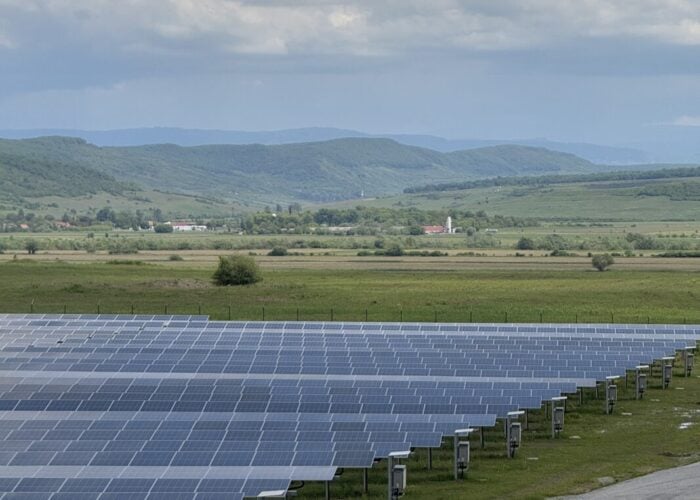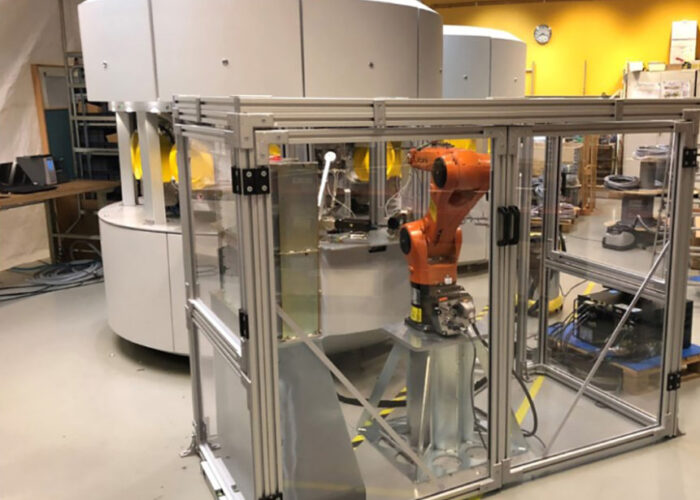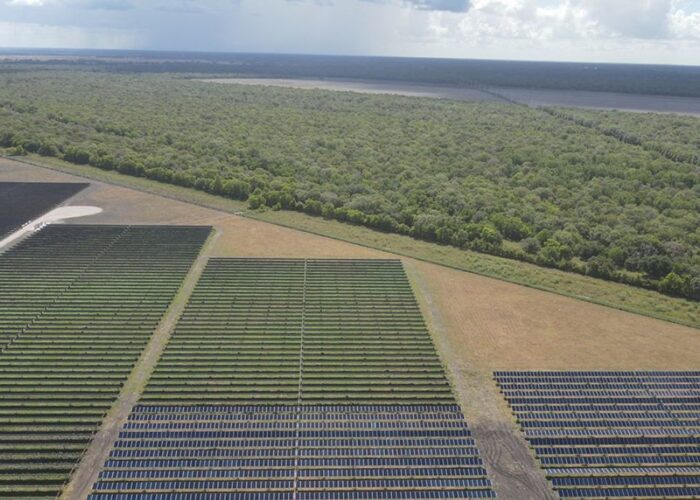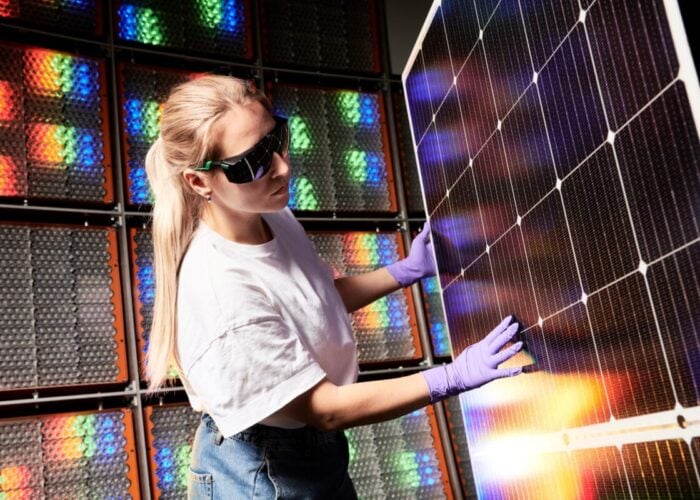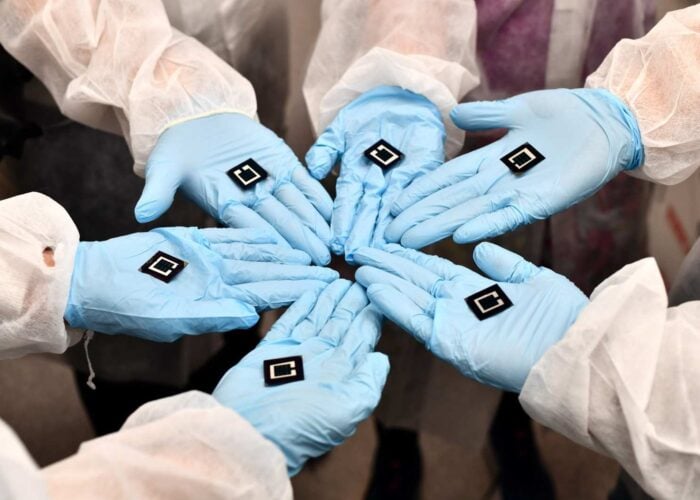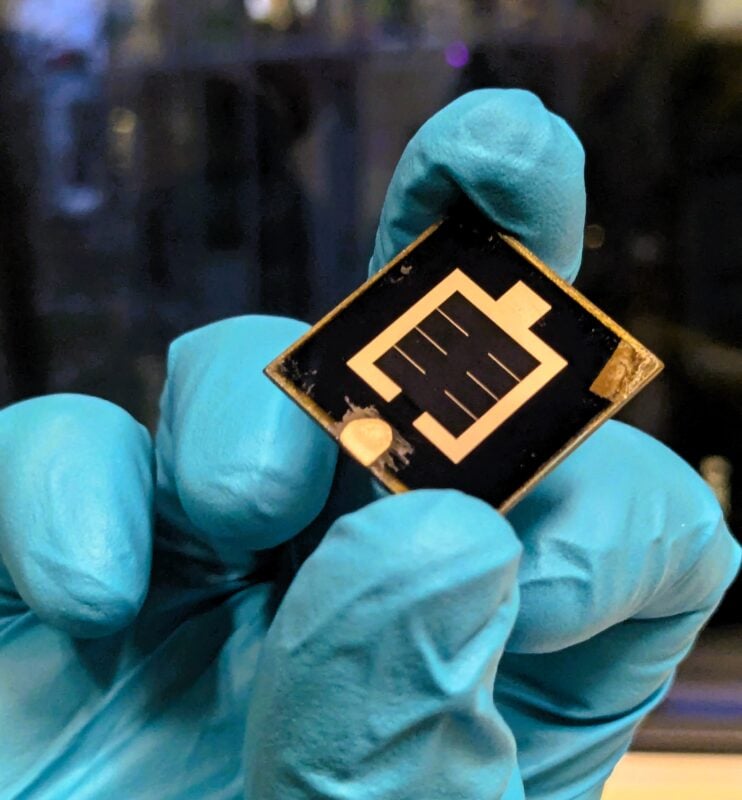
Researchers from the Helmholtz-Zentrum Berlin (HZB) and Humboldt University Berlin have achieved an efficiency of 24.6% with a copper indium gallium selenide (CIGS) and perovskite tandem solar cell.
The result has been certified by the Fraunhofer Institute for Solar Energy Systems and is a world record conversion efficiency for a CIGS-perovskite cell, according to HZB.
Try Premium for just $1
- Full premium access for the first month at only $1
- Converts to an annual rate after 30 days unless cancelled
- Cancel anytime during the trial period
Premium Benefits
- Expert industry analysis and interviews
- Digital access to PV Tech Power journal
- Exclusive event discounts
Or get the full Premium subscription right away
Or continue reading this article for free
The tandem cell combines a bottom cell made of CIGS with a top cell based on perovskite. By improving the contact layers between the top and bottom cells, the researchers were able to increase the efficiency from their previous record of 24.16% to 24.6%.
“At HZB, we have highly specialised laboratories and experts who are top performers in their fields. With this world record tandem cell, they have once again shown how fruitfully they work together,” said Professor Rutger Schlatmann, spokesman for the Solar Energy Department at HZB.
Schlatmann said even higher efficiencies would be possible using the CIGS-perovskite tandem combination. “We are confident that CIGS-perovskite tandem cells can achieve much higher efficiencies, probably more than 30%,” he added.
The challenge for researchers is translating the higher efficiencies of perovskite-based PV technologies into commercially viable products, due to their relative instability in many operating environments.
The latest edition of our quarterly journal, PV Tech Power, explores the road to perovskite commercialisation in more depth. Click here to read more (subscription required).

